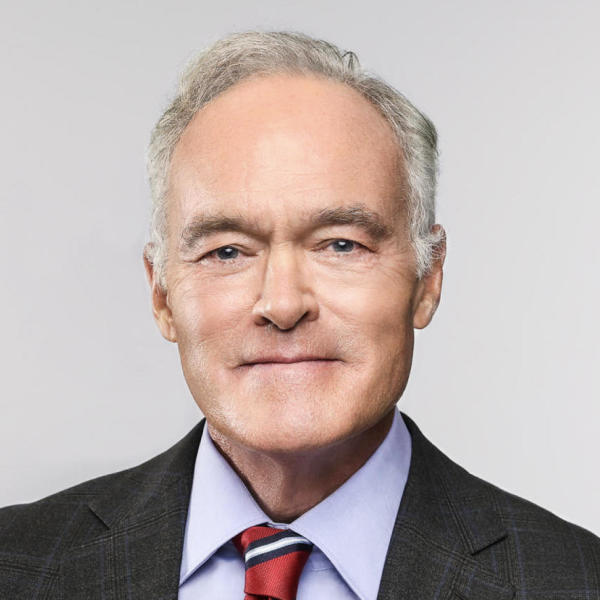U.S. nuclear expert recounts Fukushima disaster
(CBS News) One year ago Friday, rising radiation forced evacuation of most emergency workers from the Fukushima nuclear power plant. The tsunami that struck Japan five days earlier set off an emergency unlike any before: the meltdown of three reactors at the same time.
One of the experts sent into the emergency is Charles Casto. He's a former nuclear plant operator working for the U.S. Nuclear Regulatory Commission. He was America's top expert at the scene and an eyewitness to history. CBS Evening News anchor Scott Pelley caught up with him to talk about the Fukushima disaster.
"It was like having the Great San Francisco Earthquake, Hurricane Katrina and more than three Three Mile Islands all at the same time," Charles Casto said.
Fukushima had six reactors, each with uranium submerged in water to keep the uranium cool. It was built to take a tsunami with a seawall 19 feet high.
But the wave that struck was 46 feet. Cooling systems failed, nuclear cores melted, and buildings began to explode.
Video: Fukushima a no-man's land
A rare look at the Fukushima Daiichi no-go zone
Video: Radiation in Fukushima: An invisible threat
"What was the state of information that they were working with?" Pelley asked.
"They were blind," said Casto. "There was very little instrumentation that survived the tsunami and the accident. So you have to use secondary information."
"What was it that you wanted to know?"
"Well, we wanted to know everything."
Casto's team reported to Washington in this conference call one year ago Friday: "At this point I would see the worse case scenario is three reactors that eventually having, for lack of a better term, a meltdown. So the reactors would likely, eventually, you would eventually breach primary containment and have some kind of release."
The worst case scenario was happening. A team led by plant manager Masao Yoshida was holed up in a radiation proof command center. As the crisis grew, Yoshida wanted to flood the reactors with seawater. The plant owner rejected his idea.
"What in your estimation was the key moment that prevented this from becoming a much greater tragedy than it was?" Pelley asked Casto.
"When Yoshida-san put ocean water to the reactors, that was a key moment."
"Did everyone agree that flooding them with sea water was the right thing to do?" asked Pelley.
"Not everyone agreed," said Casto.
"But the plant manager decided to do that on his own?"
"That's right."
"That's not very Japanese."
"Well, it's very reactor operator."
The plant owner ordered Yoshida to stop. He said that he would, but lied. He continued to flood the reactors with sea water. Had he not, we now know the cores may have burned all the way into earth, releasing untold amounts of radiation.
"You really won't know until you get in there and can get a video camera or some device in there to know what really happened," said Casto.
"How long would that be?" Pelley asked.
"It could take years to understand exactly what happened."
Today Fukushima is in a safe condition called "cold shutdown." In fact, Japan has shut down more than 50 reactors while it decides what to do about the future of nuclear power in that country.
Charles Casto spent a year working on Fukushima. The lessons he and the Nuclear Regulatory Commission learned are being applied to power plants here in the U.S.
